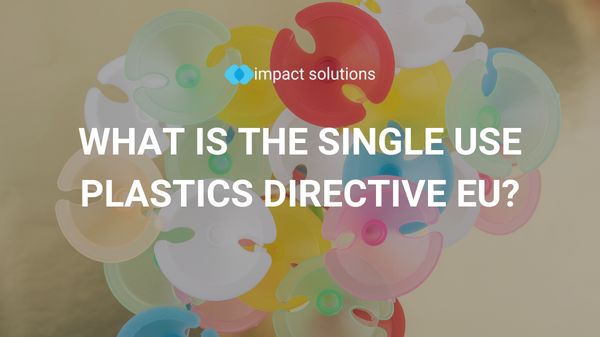Colour Measurement
One of the greatest advantages of plastics is that they can be easily pigmented with any colour during the plastic moulding or extrusion process. However, the colour of the plastics could be affected by two main factors: Firstly, due to the nature of the colour pigments, batch-to-batch variations can produce plastic parts with no similar colour characteristics. Secondly, the colour quality of the plastics is significantly affected by thermal degradation and oxidation (exposure to outdoor applications). Another factor which could affect the colour characteristics is the moulding process variations (stress lines etc.). For these reasons, the colour characteristics should be closely monitored using widely acceptable QC colour measurement methods.
One of the easiest, fastest, most cost-effective and accurate methods to assess the colour characteristics of the plastics against reference-standard materials is using an instrumented colorimeter. This gives the colour coordinates (XYZ, Lab) following mainly the CIElab and Hunter specifications. Impact is equipped with a state-of-the-art colorimeter from Datacolor, USA, which can obtain the colour coordinates of any plastic, textile, wood and other materials in seconds following the ISO 18314-1 and the ASTM D6290 procedures.
More precisely, one of the most popular tests is the assessment of the colour change in plastics and textiles following accelerated weathering (ISO 105-B10). At Impact, we have extensive weathering capabilities and are able to assess the colour and other properties of any materials, which have been previously exposed to UV.





